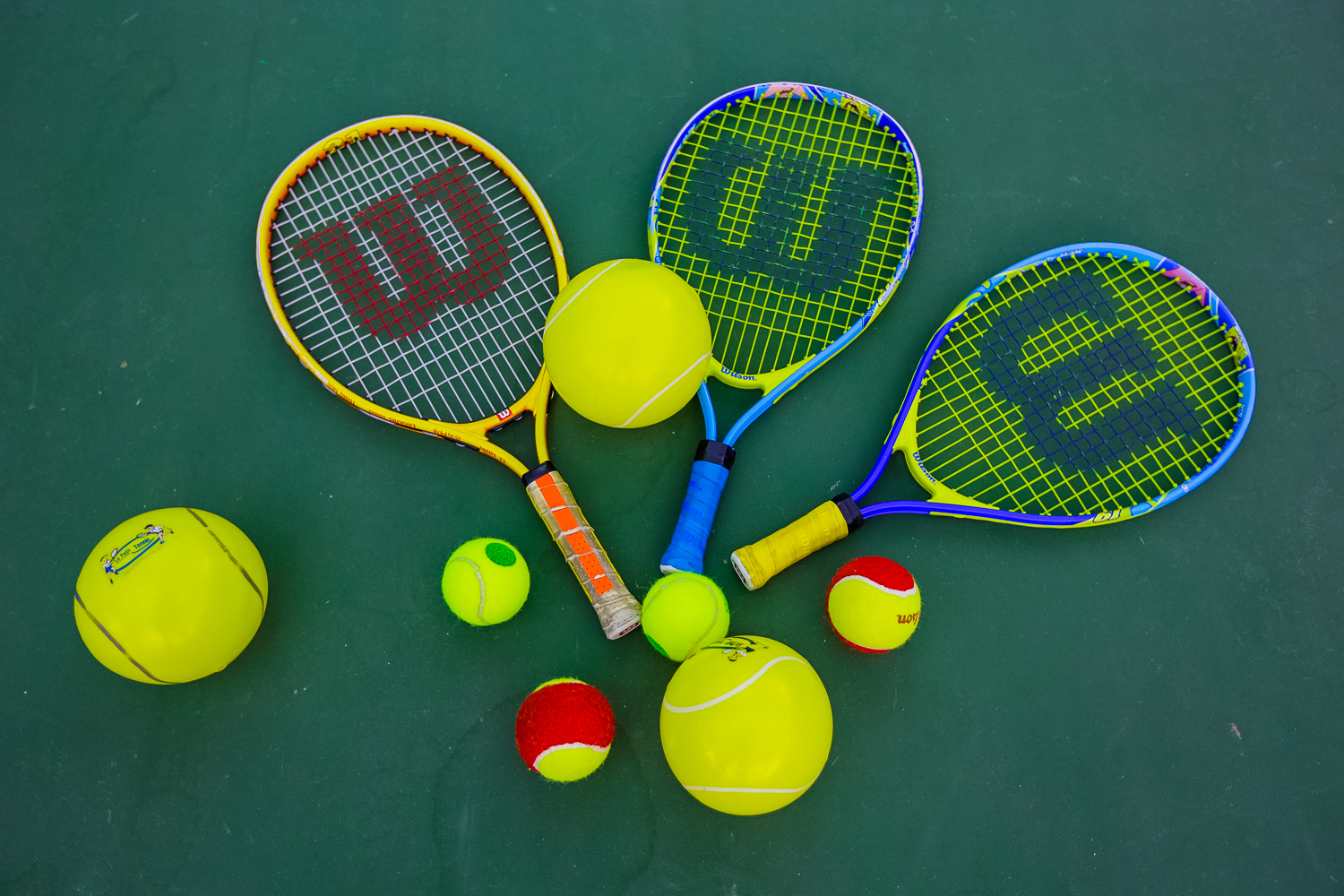It’s no secret that Canada has a passion for hockey; or at the very least, many Canadians have a passion for it. Canada and hockey have been linked together in a nationalistic quasi-religion for decades. As a result thousands parents enroll their children in hockey programs every year. But Canada is a diverse country and as Tennis Canada suggested in a recent TV advertisement, “not every kid in Canada wants to play hockey.”
Troy McPhee, a parent of two children ages 6 and 9, says hockey was seriously considered when he and his wife were looking for sports to enroll their children in. McPhee, who played hockey when he was kid, says his kids wanted to be like their dad and play too.
“My wife an I considered the pros and cons and finally decided to bypass hockey in favour of soccer. At first our older daughter was disappointed, but after a few months of playing soccer, she never talked about hockey again.”
McPhee cites early start times, and high costs as reasons why he decided against hockey for his children.
“Hockey can be very expensive. When I was a kid, my parents got divorced and my mom was left to cover the cost of my hockey lessons. I actually took myself out of the sport to save my mom money.”
McPhee says that tennis wasn’t seriously considered as a sport to enroll his children in despite the fact that he enjoys watching the sport and has played it occasionally.
“In terms of racquet sports, my kids have played some badminton, but neither have really experienced tennis yet.”
Tennis is a sport played all over the world, but is not as popular in Canada as hockey, soccer, golf or even baseball. Tennis Canada is trying to change that by introducing some changes in the game designed to make the sport more appealing to children. Those changes include “slower balls, smaller courts and right-sized racquets.”
According to Brent Johner, tennis instructor and owner of Racquet Network, adapting the game for children has been very beneficial because it allows children to “have fun and learn the basics” before progressing on to play adult-style tennis.
“Our goal with the younger kids is teach them the ABCs: agility, balance and coordination, before they get serious about the rules.”
Johner says the game of tennis can work for parents who have children enrolled in other sports during the winter season, but are looking for a summer activity. “You have your hockey parents and you have your tennis parents. That said, some parents enroll their kids in hockey in the winter and then tennis in the summer. It doesn’t have to be one of the other.” Johner says that tennis lessons are in demand with parents from foreign countries like Russia, Serbia, China and the Philippians. Serbian parents are especially buoyed by their countryman Novak Djokovic, a top player who until recently was number one in the world.
“There’s no doubt that children and parents are inspired by professional tennis players. We get kids who want to develop one-handed backhand swings to be like Roger Federer. Other kids like Rafael Nadal better, so they want to use a two-handed swing.”
The national popularity of a sport often rises or falls by the noteworthiness its superstar players. In Canada, hockey’s marketability is aided by having had dozens of superstars from Wayne Gretzky and Mario Lemieux to Gordie Howe and Bobby Orr to inspire young hopefuls. But tennis has not been that lucky – until now. Phenom Milos Raonic has been a boost for Canadian tennis. The 22-year-old Raonic currently ranks 11th in the world, but was within the top 10 in August of 2013. As far as stars go, Raonic might be the most significant player Canadian tennis has ever seen. He’s the highest ATP ranked Canadian male singles player since the rankings began in 1973.
A series of TV advertisements thought up by Toronto-based ad agency Bensimon Byrne is leveraging Raonic’s rising stardom. In the ads a precocious young boy is coaching Raonic, while his opponent – a spunky, pigtailed girl – taunts him from the other side of the net. The ads come off as humorous and lighthearted but whether or not they’ll have a long-term impact is yet to be seen.
Johner says, “We work with over four hundred adults and one thousand kids every year. I’m pretty sure next year we’ll have kids asking to learn things they saw Raonic doing.”
